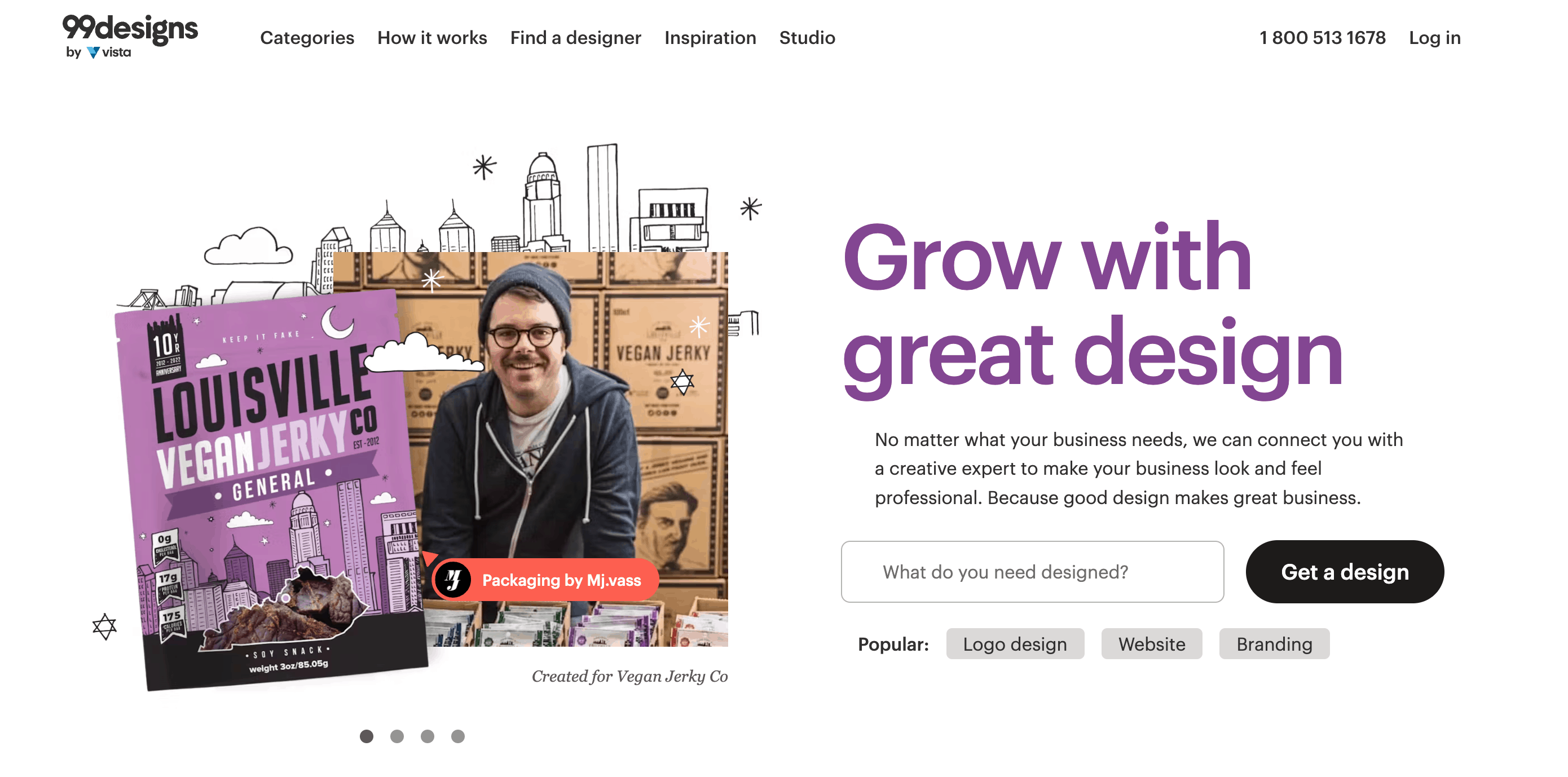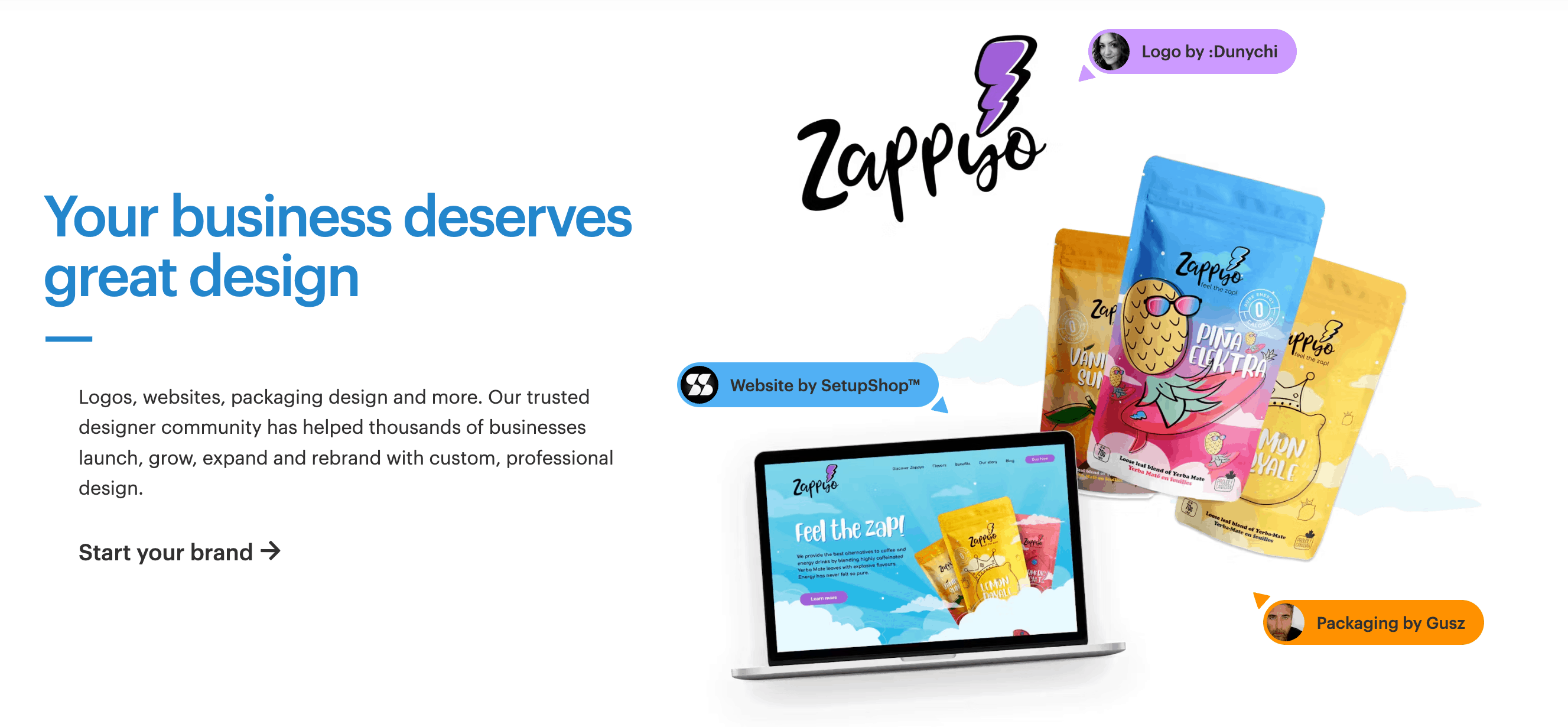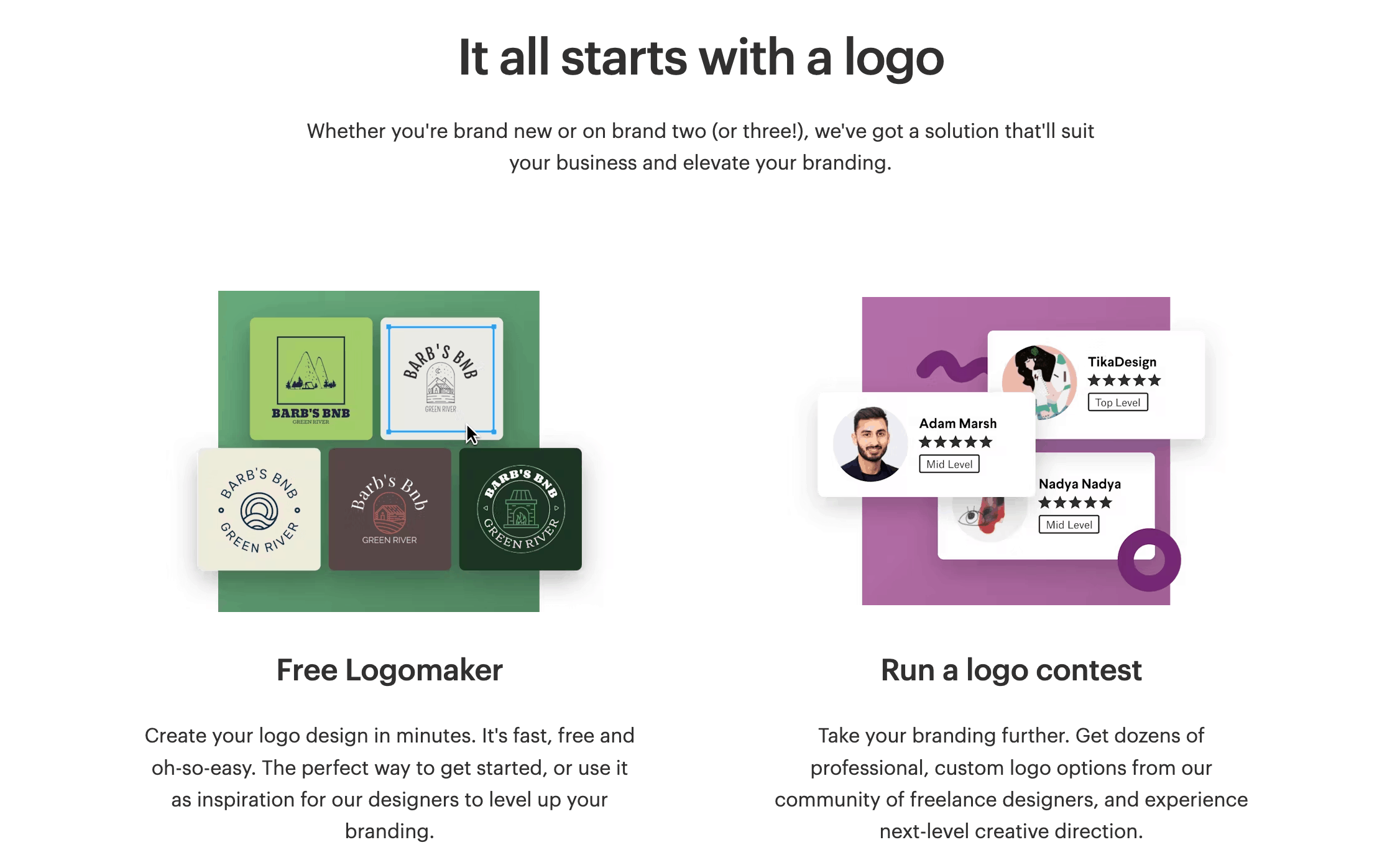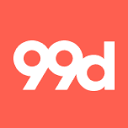










99designs reviews 2024,global online platform for freelance designers
What is 99designs?
99designs is a global online platform that connects freelance designers with clients who are looking for custom design work. Founded in 2008, the platform has revolutionized the design industry by providing a marketplace where clients can post design contests, and designers from around the world can submit their designs. The platform covers a wide range of design categories, including logos, website design, packaging, book covers, and more.
99designs official site: https://99designs.com/
 The process typically starts with a client posting a brief for a design contest. This brief outlines the project’s requirements, including the type of design needed, the target audience, and any specific elements or themes the client wants to be included. Designers then submit their designs, and the client selects the best one based on the brief and the designers’ submissions.
The process typically starts with a client posting a brief for a design contest. This brief outlines the project’s requirements, including the type of design needed, the target audience, and any specific elements or themes the client wants to be included. Designers then submit their designs, and the client selects the best one based on the brief and the designers’ submissions.
99designs has become a popular choice for both clients and designers due to its user-friendly interface, the ability to connect with a global community of designers, and the opportunity to win cash prizes for the best designs. It has also been praised for its transparency and the quality of work produced through its platform.
The platform has grown significantly since its inception, attracting clients and designers from various countries and industries. It has also expanded its services to include one-on-one projects, where clients can work directly with a designer, and design workshops, where designers can learn new skills and techniques.
feature pros and cons
99designs offers a unique platform for both clients and designers, but like any service, it has its pros and cons. Here’s a breakdown of the key features, along with their advantages and disadvantages:
Pros
1. **Global Reach**: 99designs connects clients with designers from around the world, ensuring a wide range of perspectives and styles to choose from.
2. **Variety of Design Categories**: The platform covers a broad spectrum of design needs, from logos and website designs to packaging and book covers, catering to a wide variety of clients.
3. **Cash Prizes**: Designers have the opportunity to win cash prizes for their designs, which can be a significant incentive for high-quality submissions.
4. **Transparency**: The platform is transparent about its processes, fees, and how the contest works, which helps both clients and designers understand what to expect.
5. **Learning Opportunity**: For designers, participating in contests can be a valuable learning experience, allowing them to improve their skills and gain feedback from a global audience.
Cons
1. **Quality Control**: With a large number of designers submitting designs, the quality of submissions can vary widely. It may take time for clients to sift through many designs to find the best ones.
2. **Cost**: While 99designs offers a range of pricing options, the cost can be high, especially for clients on a tight budget. The platform takes a commission from the prize money, which can add up, especially for larger projects.
3. **Time-Consuming**: For clients, going through the process of posting a brief, reviewing submissions, and selecting a design can be time-consuming. For designers, participating in contests can also be time-intensive, as they need to create and submit multiple designs.
4. **Limited Collaboration**: The contest format may limit the ability for clients and designers to have deep, iterative collaborations. The process is more about submitting designs and receiving feedback rather than ongoing collaboration.
5. **Intellectual Property Rights**: There can be confusion about who owns the rights to the designs. While 99designs has policies in place, it’s important for both clients and designers to understand the terms of use and intellectual property rights.
 In summary, 99designs offers a unique platform that can be highly beneficial for both clients and designers, but it’s important to weigh the pros and cons to determine if it’s the right fit for your specific needs.
In summary, 99designs offers a unique platform that can be highly beneficial for both clients and designers, but it’s important to weigh the pros and cons to determine if it’s the right fit for your specific needs.






